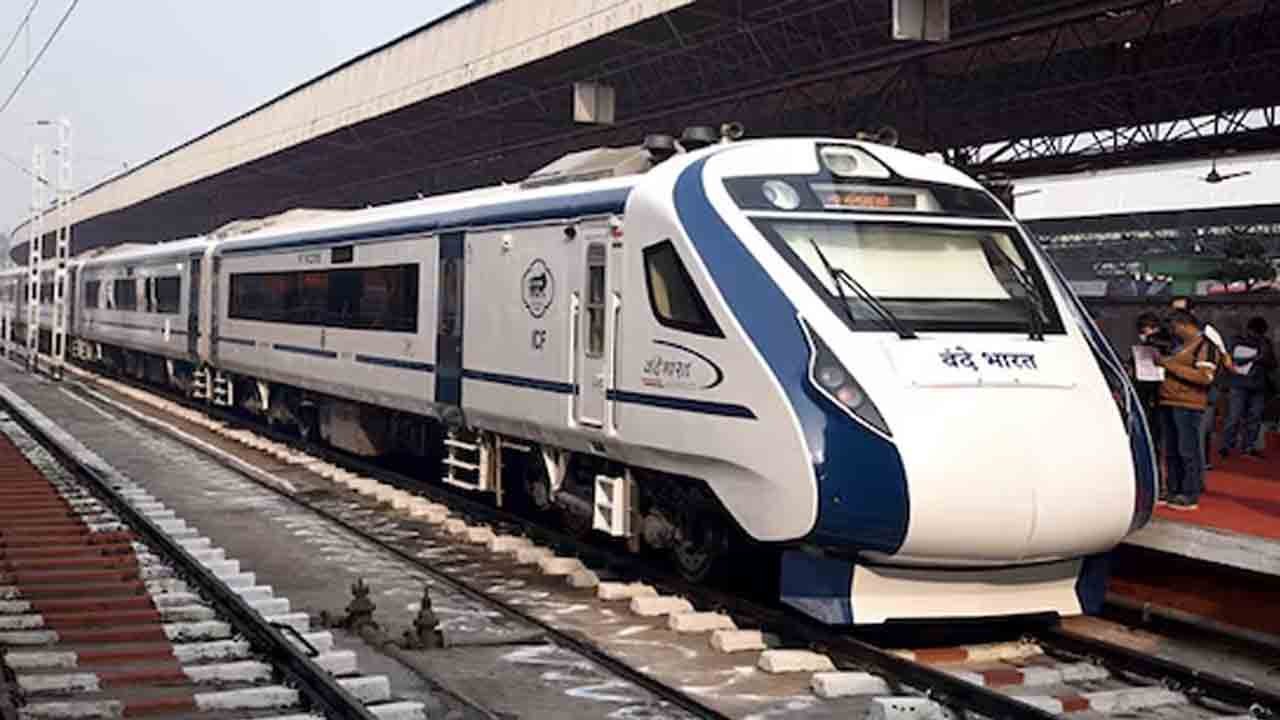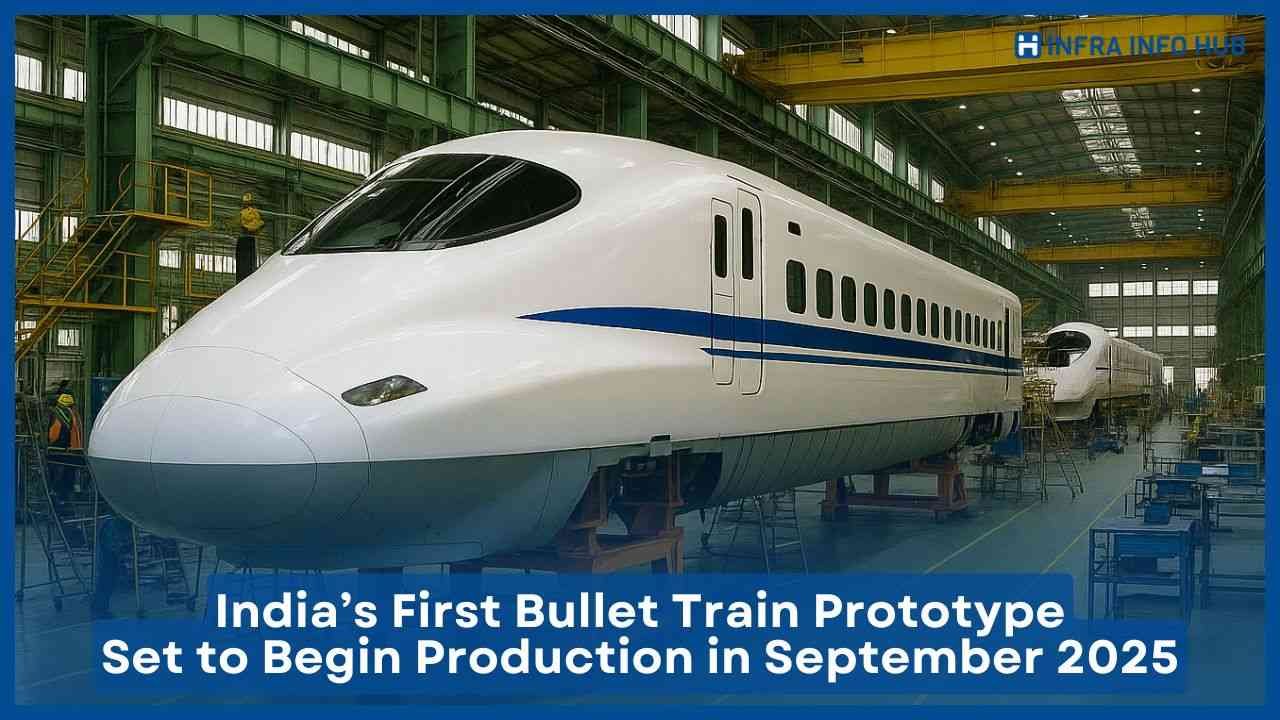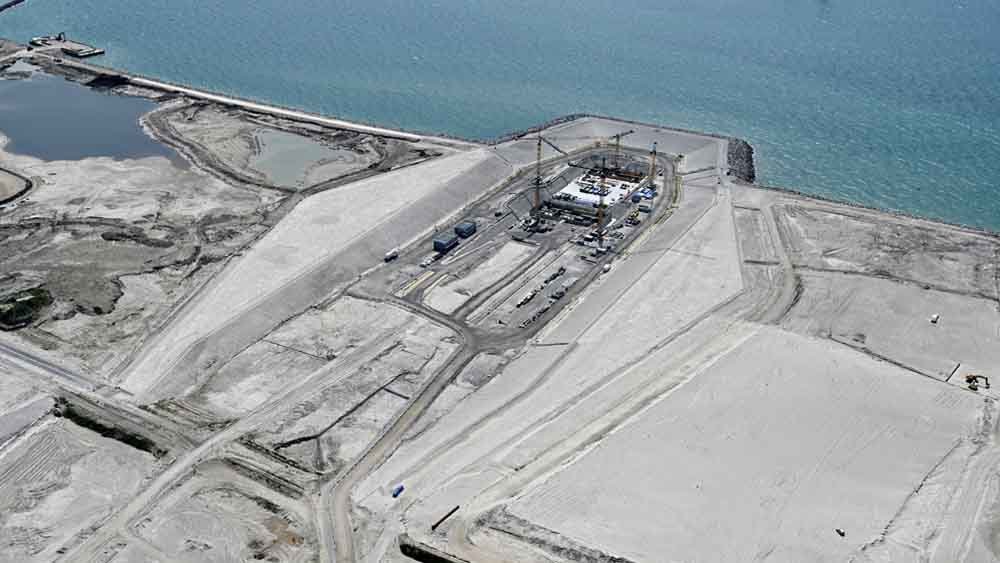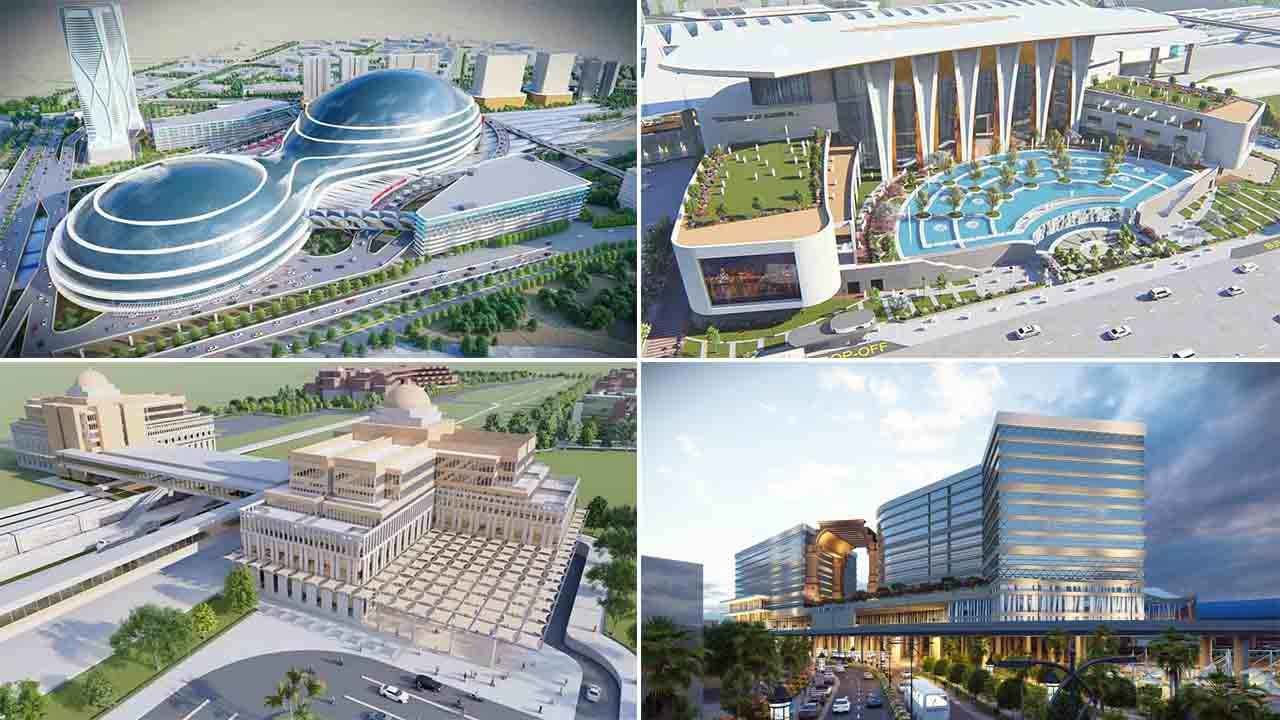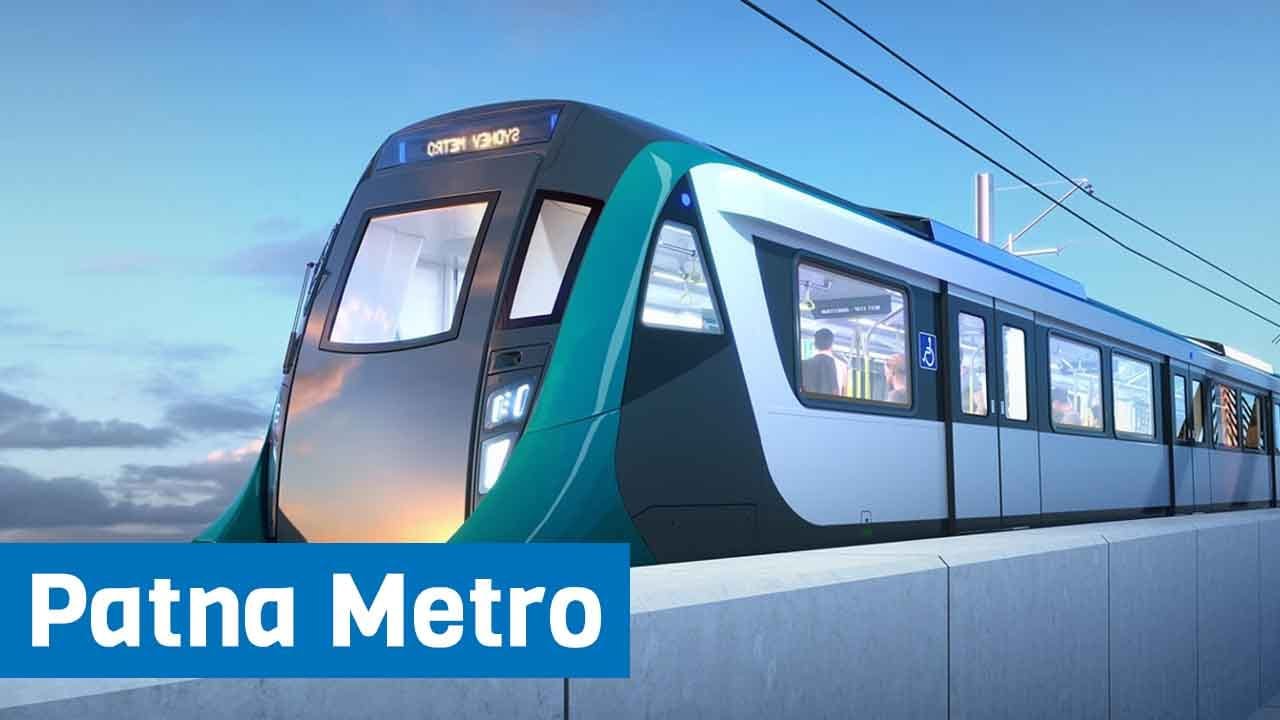In a bid to supercharge two of India’s most heavily trafficked rail corridors—Delhi-Mumbai and Delhi-Howrah—the Ministry of Railways has launched a sweeping series of capacity enhancement projects and speed upgrades.
The Delhi-Mumbai corridor, a 1,386-km arterial lifeline, is undergoing a major overhaul to boost sectional speeds to 160 kmph. The project has already secured sanction and is advancing steadily, Railways Minister Ashwini Vaishnaw confirmed in a written reply to the Lok Sabha.
Currently, 196 km of the corridor are outfitted with four parallel rail lines. To further bolster throughput, construction of the third and fourth lines is underway on the 64-km stretch between Dahanu Road and Virar. To extend this expansion, surveys have been approved to assess the feasibility of laying third and fourth lines over the remaining 1,126 km.
Meanwhile, freight movement is also gaining momentum. Of the 1,506-km Western Dedicated Freight Corridor (DFC), a commanding 1,404 km have already been commissioned, with work progressing on the final 102-km leg.
Simultaneously, the 508-km Mumbai-Ahmedabad High-Speed Rail project continues to move forward, marking India’s foray into bullet train territory.
Turning to the Delhi-Howrah corridor—spanning 1,450 km—the Railways is implementing similar speed augmentation to push the route to 160 kmph capability.
This critical stretch is a patchwork of dual, triple, and quadruple lines. At present, 194 km feature four lines, 312 km are triple-lined, while the remaining 944 km operate on double lines.
Several large-scale capacity augmentation initiatives are already in motion along this corridor. These include multi-tracking the 375-km Son Nagar–Andal section, building a third line on the 18-km Aligarh–Daud Khan stretch, and adding another third track between Mughalsarai and Allahabad, extending 150 km.
Elsewhere, a fifth line is being laid between Kalipahari and Bakhtarnagar for 18 km, while a fourth line is under construction across a 43-km expanse from Saktigarh to Chandanpur.
Additionally, the Nimcha up avoiding line is being lengthened by 9.42 km to ease congestion.
Further expansion surveys have received the green light, covering the potential addition of 480 km of third lines, 96 km of fourth lines, and 151 km of fifth lines.
On the freight side, the entire 1,337-km Eastern Dedicated Freight Corridor has already been commissioned, bringing a significant boost to cargo transport capacity along the eastern flank of the national rail network.

